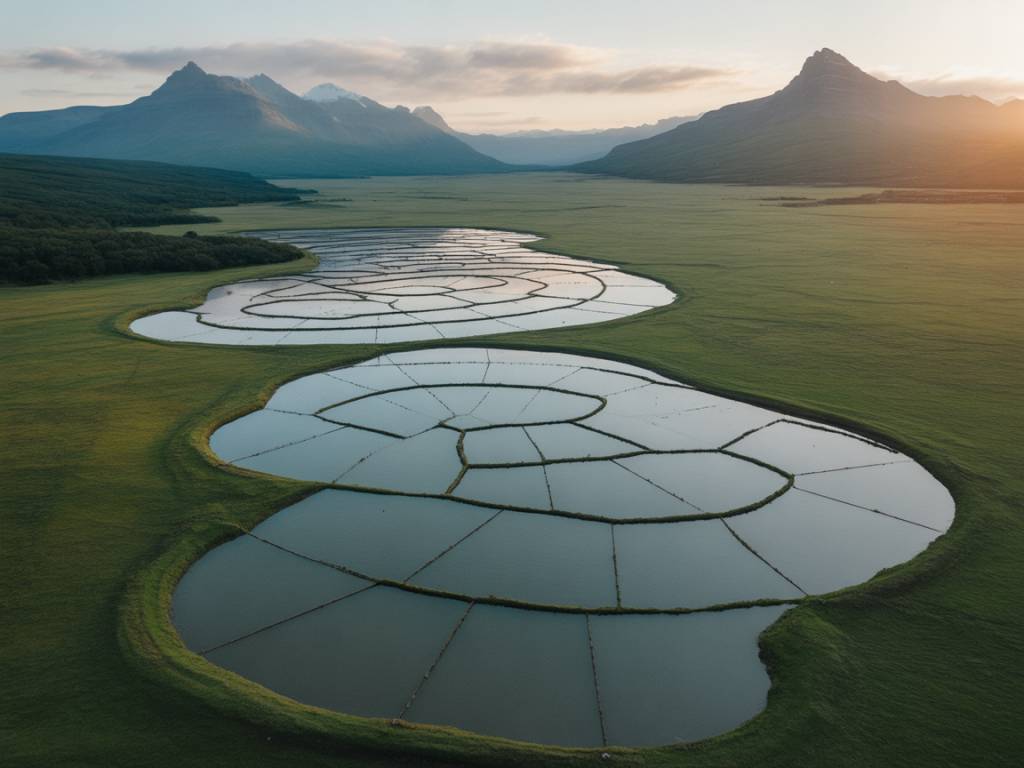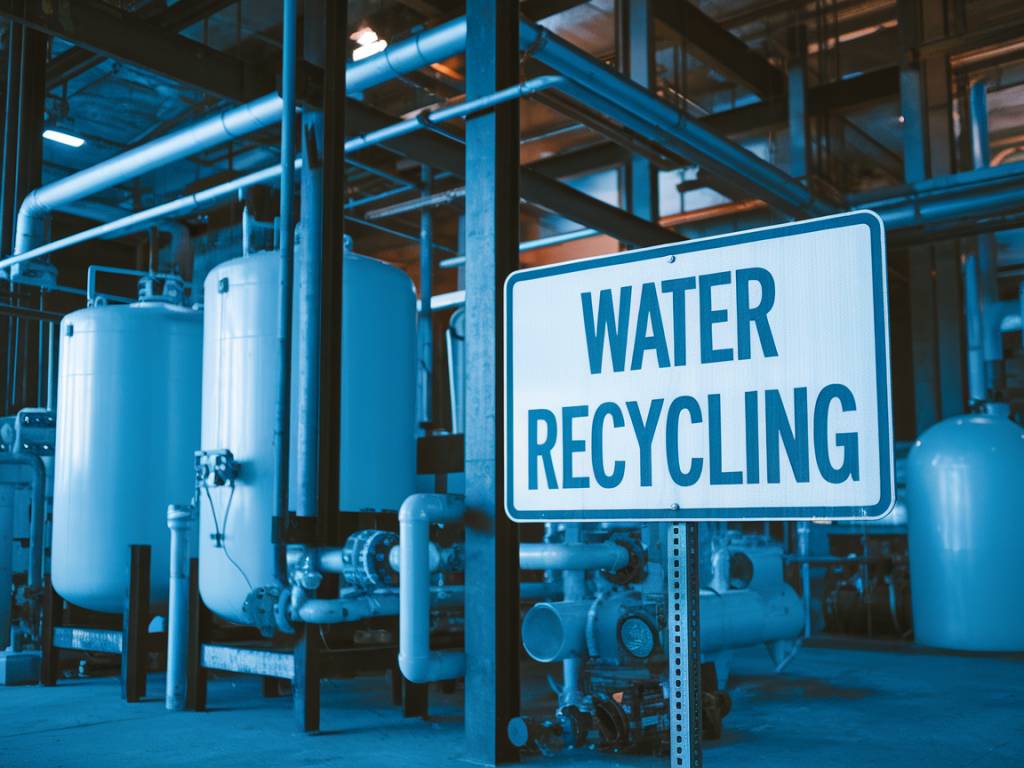In the intricate dance of the elements that compose our world, water holds a rhythm that is essential to the symphony of life. Yet, as humanity crescendos into an era of unprecedented growth, the harmonious flow of freshwater is disrupted, leading us to the pressing issue of water scarcity. Like a parched traveler in a vast desert, we now look towards the boundless expanse of our oceans as a potential oasis. But how does one draw the drinkable from the brine? This is where the tale of desalination begins, intertwining threads of technology and nature into a tapestry of solutions.
The Principle of Desalination
Desalination, at its core, is a captivating process that transforms the saline waters of our oceans into fresh, potable water. This transformation, much like alchemy, is achieved through processes such as reverse osmosis and distillation. But here lies a question: how do these methods work in harmony with our environment, and what makes them viable solutions to the global thirst?
In reverse osmosis, a semi-permeable membrane serves as a sieve, allowing water molecules to pass while leaving the salt and impurities behind. It’s akin to sifting gold from sand, deceptively simple yet requiring immense pressure and energy. On the other hand, distillation mimics nature’s water cycle, vaporizing salty water to condense as pure droplets. Yet, both methods raise important considerations about energy consumption and environmental impact.
The Global Landscape of Water Scarcity
Water scarcity is a complex hydra, with each head representing a region’s struggle: the arid deserts of the Middle East, the bustling expanses of California, and the small island nations surrounded by undrinkable seas. Each scenario offers unique challenges and diverse needs. As population growth continues and climate change disrupts established patterns, these regions search for reliable fresh water sources.
Consider California, a land of vast agricultural pursuits and urban sprawls incessantly thirsty for water. Desalination plants here represent lighthouses in a sea of drought, potentially offering a steady flow of water amidst uncertainty.
Desalination Technologies: A Symphony of Innovation
Technological advancements march hand in hand with the dream of abundant freshwater. Engineers and scientists are constantly refining methods to reduce energy usage and increase efficiency.
- Renewable Energy Integration: Solar panels and wind turbines now play instrumental roles in powering desalination plants, reducing their carbon footprints and aligning them more closely with sustainability goals.
- Advanced Membrane Technology: Innovations in membrane materials promise to enhance the selectivity and robustness of reverse osmosis, decreasing energy requirements.
- Brine Management Initiatives: Addressing the by-products of desalination, new approaches focus on minimizing the ecological impact of brine disposal, potentially transforming it into commercially valuable resources.
The Environmental Ballet
Every technological progress must dance in step with environmental conservation. Desalination, while a beacon of hope, must be carefully managed to avoid disrupting marine ecosystems and local climates. The challenge lies in choreographing a balance between necessity and impact.
Energy Considerations: While technologies advance, desalination remains an energy-intensive endeavor. Integrating renewable energy sources not only helps mitigate the carbon footprint but also sets a precedent for other industrial processes.
Brine Disposal: The saline by-product, if improperly disposed, can harm marine life. Responsible management, possibly through innovative reuse strategies, is imperative.
Sustainable Water Management: A Collaborative Effort
In addressing water scarcity, desalination stands not as a lone solution but as a crucial component within a mosaic of water management strategies. Key to success is the collaboration between governments, industries, and communities, fostering an environment where innovation can thrive.
Desalination plants must be designed with foresight, integrating into broader schemes of water recycling, conservation efforts, and public education initiatives. Technologies such as smart agricultural practices and urban water efficiency play complimentary roles, reducing reliance on any single source.
Ultimately, the dance of desalination is an intricate interplay of technical mastery and environmental stewardship. It’s a story of how humanity, in concert with technology, taps into the salty depths of our planet to draw forth sweet sustenance, all while striving to ensure that every step taken is both bold and gentle upon the Earth.




